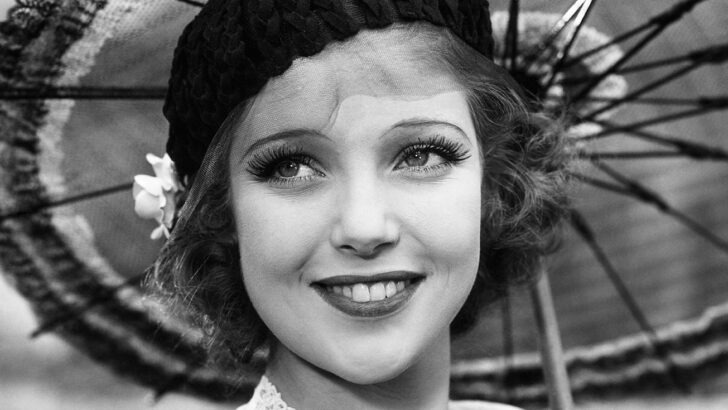The actress Loretta Young, whose career started as a child and spanned decades, was a huge advocate of Catholic causes. The money she donated to some of them came from an unusual source – swear boxes. She arranged for these to be installed on the sets of films she was starring in. The idea was that if any of her co-stars used blasphemous language in her presence they had to make “donations” to them.
The proceeds of the boxes went to a shelter for unmarried mothers, St Anne’s Maternity Home, in Los Angeles. One of its trustees, Sr Winifred, declared (in a sentiment that was before its time), “The girls there aren’t bad. Abortion is too easily come by these days.” A subsequent companion home, the Holy Name Adoption Foundation, was set up later.
Last year was the 50th anniversary of a court action taken by Young against the TV network NBC. She took it because it allowed foreign stations to re-run episodes of her programme The Loretta Young Show without excluding (as contractually agreed) outdated images of her.
The case was settled in her favour. She was awarded $550,000 in damages.
Two years earlier she threatened another legal action, this time against the producers of the spoof film Myra Breckinridge starring the recently deceased Raquel Welch. In one scene her image was spliced onto a raunchy collage to make her look as if she was part of it. She ordered it to be removed, demanding $1 million (€934,000) within ten days if it wasn’t.
She felt constrained to take these kinds of actions because of a ‘Goody Two Shoes’ perception of her which annoyed her intensely. This was partly due to her friendship with Fr Patrick Peyton, the famous ‘Rosary’ priest. In 1945 she campaigned to have the Rosary read out by a group of actors on August 15, the feast of the Assumption.
Far from being a ‘Holy Mary’, she had a particular interest in the subject of unmarried mothers. In 1935, during the shooting of The Call of the Wild, she was impregnated by her co-star, Clark Gable. She kept it secret for fear it would lead to a demand from her studio to have the baby aborted. Abortion, in her view, was a mortal sin.
Before her bulge became obvious she went on a ‘vacation’ to England to have the baby there. It was a girl. She named it Judy after St Jude, the patron saint of desperate cases. She put her in an orphanage and later ‘adopted’ her.
Rumours swirled around Hollywood for years about Gable being Judy’s father. Young refused to confirm them. When Judy wrote her autobiography she revealed that he was. Young was furious.
After she died, her daughter-in-law said she once told her that Gable ‘date raped’ her. She blamed herself for not fending off his advances. This kind of thinking may sound incredible to us in our ‘Me Too’ era but it was prevalent in the 1930s.


 Aubrey Malone
Aubrey Malone Catholic actress Loretta Young.
Catholic actress Loretta Young. 